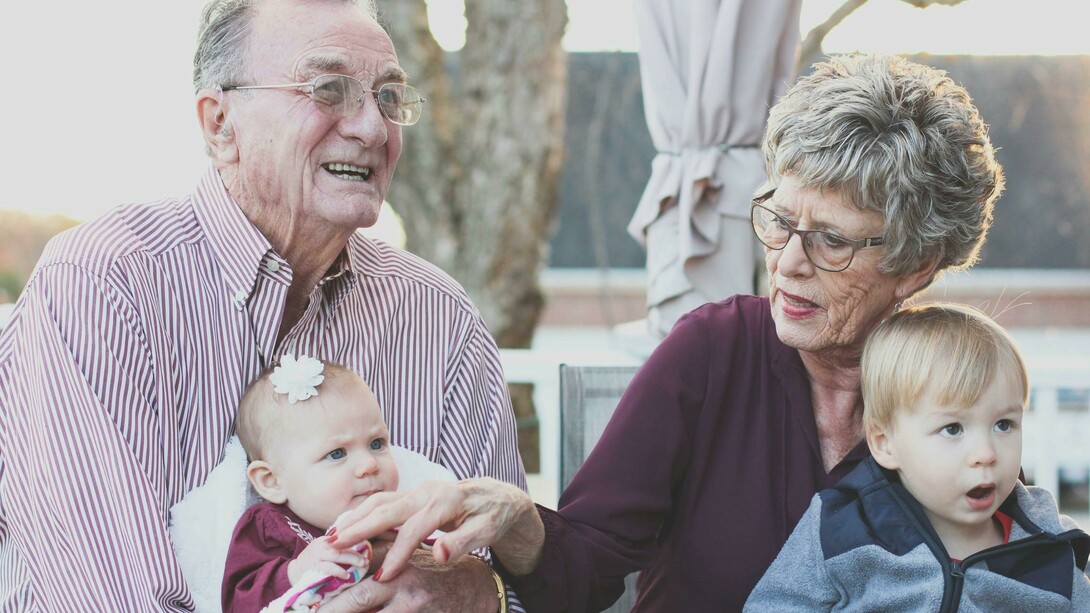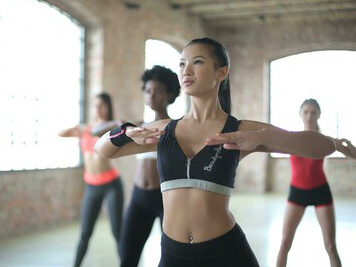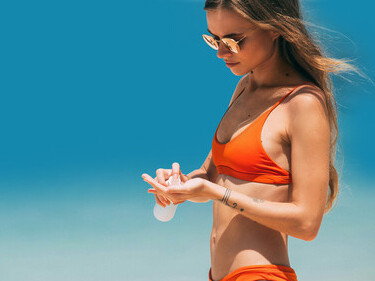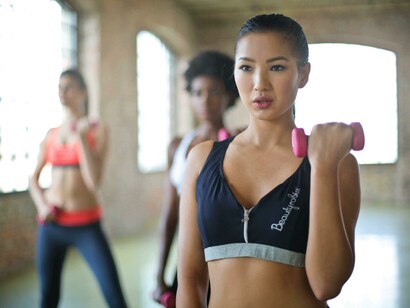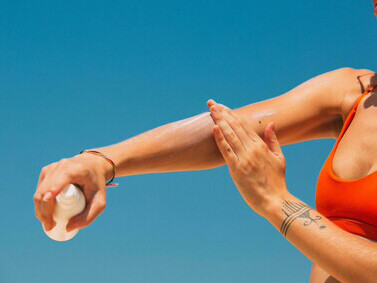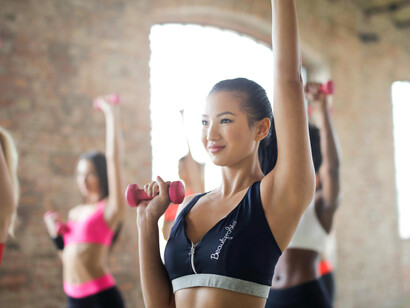It’s a common observation—and increasingly a point of conversation—that many people today seem to look younger at thirty than their parents did at the same age. Photographs from the past often show thirty-year-olds with visibly older appearances: deeper lines, more tired eyes, and a heavier demeanor. At first glance, it might appear that we’ve simply become better at preserving youth. But behind the surface lies a much more complex interplay of science, lifestyle, social norms, and environmental factors that have shaped how we age and how we understand aging.
One of the most significant changes is the way we protect and treat our bodies, particularly our skin. Our parents’ generation often associated sunscreen with vacations or hot summer days. For many of them, SPF was an occasional product—applied too little, too late, and often under the myth that a tan was a sign of health. Today, sunscreen is a daily ritual for many, and not just for beach days. The widespread understanding of how ultraviolet radiation damages skin, causes wrinkles, and contributes to skin cancer has transformed SPF into a basic form of skincare. This shift has had a visible impact: preventing sunspots, preserving elasticity, and reducing long-term skin damage. Sunscreen has come to symbolize a new relationship with the body—not just reactive but preventive.
The same can be said for hydration. Although water has always been essential to human health, its popularization as a wellness practice—one that includes hydration apps, designer water bottles, and skincare claims—is relatively new. While science remains cautious about overestimating the cosmetic benefits of drinking water, there’s no doubt that consistent hydration supports organ function, circulation, and metabolism. But the cultural shift is perhaps more important than the biochemical one: drinking water is now tied to ideas of balance, awareness, and self-care. Our parents may have hydrated instinctively or without comment. Today, we speak of it as part of a lifestyle—a conscious practice rather than a background habit.
But if we’ve become more attentive to our health, it's also because modern life demands it. Our parents may not have gone to the gym, but they moved far more throughout the day—walking to the store, climbing stairs, and doing manual chores. Physical activity was embedded in everyday life. By contrast, many of us live in a deeply sedentary world. We sit at desks, drive cars, and order groceries. To compensate, we go to gyms, run, or stretch on yoga mats—activities our parents didn’t necessarily need because movement was already built into their daily rhythms. Ironically, while our fitness culture is more intentional, it often compensates for structural changes that make movement optional.
This generational comparison becomes even more vivid when it comes to childbearing and early parenthood. A common sentiment among new mothers today is that pregnancy and breastfeeding were easier for previous generations— “everything was natural,” they say. But such ideas deserve scrutiny. It is true that older generations often consumed fewer ultra-processed foods and were less exposed to certain modern chemicals. But they also lacked access to prenatal vitamins, regular medical check-ups, lactation counselling, or even accurate information about birth and postpartum recovery. Pain, fatigue, and emotional struggles were often dismissed or internalized in silence. Today, women are more likely to name their suffering and to talk about postpartum depression, pelvic pain, or breastfeeding difficulties. The difference isn’t ease—it’s articulation. What was once endured quietly is now part of a broader, sometimes painful, conversation about motherhood, expectations, and bodily autonomy.
A similar myth surrounds cancer. Some claim that cancer is more prevalent today, suggesting that the modern lifestyle is inherently more toxic. While certain types of cancer have indeed increased due to longer life spans, obesity, pollution, and smoking, the perception that it was rare in the past is misleading. Decades ago, many people died without ever knowing they had cancer. Diagnostic technologies were limited, and many diseases went undetected or were categorized vaguely as “natural causes.” Especially in regions with limited medical infrastructure, cancer deaths were underreported or misclassified. Today, more accurate diagnostics and longer life expectancy have simply made the disease more visible. That visibility can be frightening, but it also enables early detection, treatment, and survival.
Of course, some environmental exposures have worsened. Air pollution, microplastics, endocrine-disrupting chemicals like BPA and phthalates, and the rise of synthetic preservatives have introduced new risks to human health. These compounds are now detected in water, soil, and even human tissue. However, it is equally true that many environmental factors have improved. Lead and asbestos, once common in homes and industrial products, are now heavily regulated or banned. Water purification systems have expanded. Food safety standards are higher in many parts of the world. And public health campaigns have drastically reduced smoking and improved awareness about cardiovascular risk factors. In other words, the environment isn’t simply worse or better—it’s different. Some dangers have receded, while new ones have emerged, often in more subtle and chronic forms.
What makes our generation different is not that we live in a cleaner world, but that we are more aware of how the world affects us. We read food labels, avoid plastic containers, choose natural cosmetics, filter our air, and question what we consume. We talk about mental health. We track our sleep. We know the difference between UVA and UVB. We take prenatal vitamins months before conception. Our parents’ generation, by contrast, often lived in a state of unknowing—resilient and adaptable, but less informed.
In that sense, the key difference isn’t health itself, but the awareness of health—the ability to name pain, prevent damage, and demand care. Our age may bring new complexities, but it also offers the tools to navigate them. Looking younger at thirty is not just about sunscreen and serum. It’s about living in a time where we are allowed—and expected—to care for ourselves deliberately. That care requires effort, of course. It is sometimes exhausting. But it is also empowering.
Perhaps the most radical shift is that we no longer view suffering as noble or silence as strength. We age more visibly in dialogue with our bodies, our environment, and our histories. And that, more than anything, might explain why thirty looks and feels different today.
